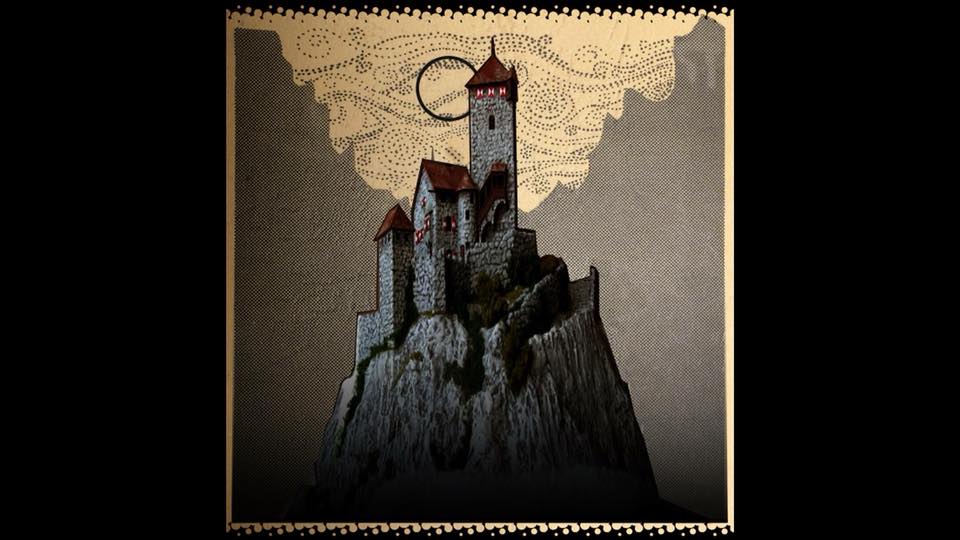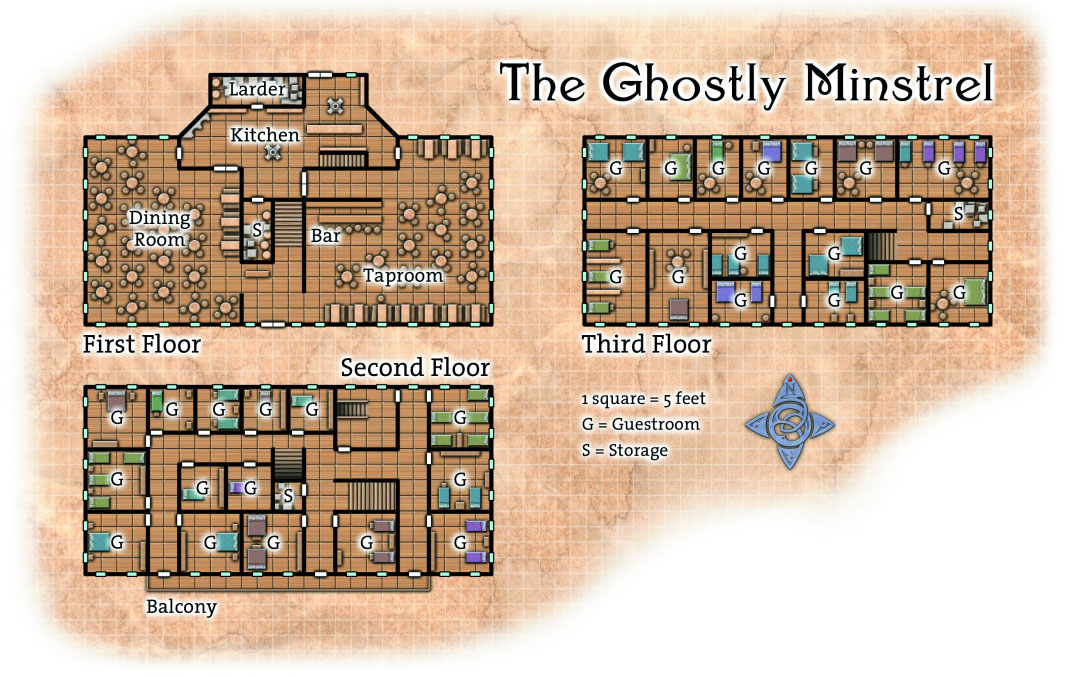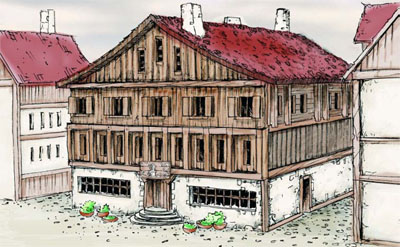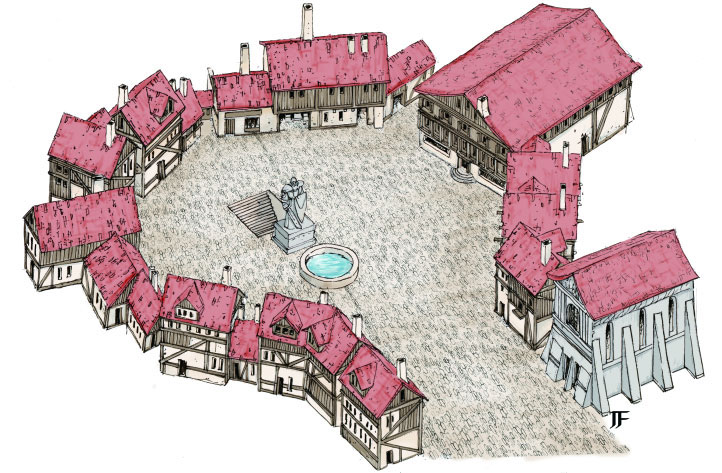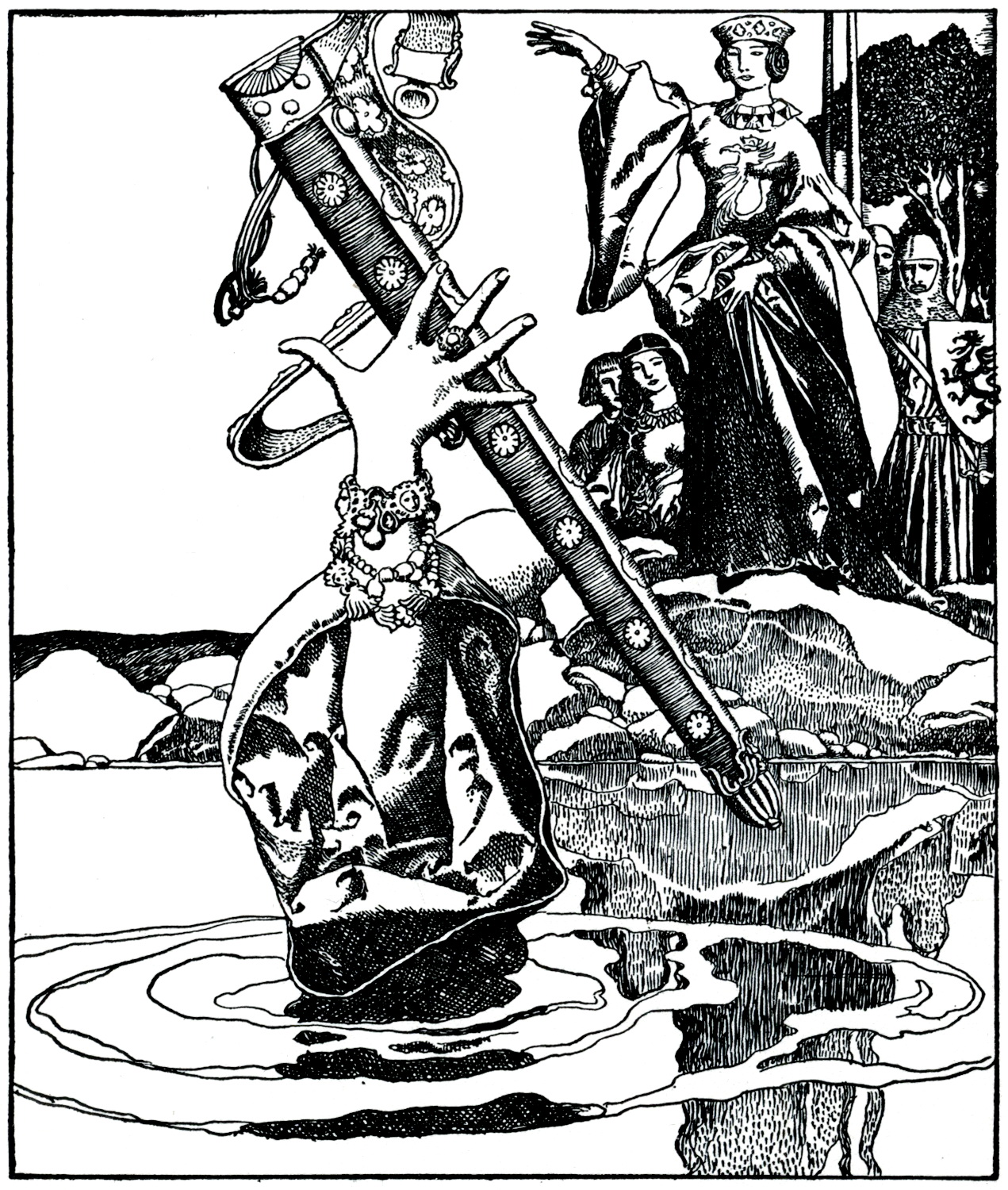
Magic Swords are, universally, intelligent creatures. Possible explanations (some, all, or none of which might be true):
- Prisons for higher-dimensional beings.
- The matrix through which higher-dimensional beings communicate with the material world, and enact their will through mortal wielders.
- The personality storage devices which preserve the personalities of the Ancients; or perhaps the crew of some interdimensional / interplanetary vessel.
- Ancient artificial intelligence processing cores.
Arneson describes them as both the “Magic Swords of Mythology” and as “an entire family of magic swords”. The Swords comprised “most of the early magical artifacts,” with Arneson placing the statistics for each on an individual card.
Side: d8: Good 1-4, Neutral 5-6, or Evil 7-8
- Sword will refuse to use its abilities for those on a different side.
- Inflicts 2d6 damage on those serving the opposing side.
Intelligence: 1d12 + double the sword’s Intelligence modifier
- Can be used for intelligence tests.
- Swords will generally respect those with Intelligence equal to or greater than their own, but will tend to consider themselves in charge when wielded by lesser intellects.
- Communication: No Communication 1-3, Pass on Gross Emotions 4-7, Speak 8-10, Telepathy 11+
Egotism: 1d12
- Reflects the sword’s self-interest.
- Make Egotism checks for things like: Leading wielder past better weapons, into greater dangers, demanding a share of the loot, payments made towards its interests (nicer scabbard, etc.), being captured by a character more likely to let it achieve its aims.
Powers:
- Magical Bonus: To attack and damage rolls.
- Damage Multiplier: Versus one or more monster types.
- Ability Bonus: Applies to wielder’s Strength and/or Intelligence scores.
- Special Values: Generally spell-like abilities, except for those listed below.
- Magic Spells: A list of spells the sword can cast. This requires the wielder to use their action. They can cast a number of spells per day as indicated.
Special Values
- Puissance: All enemies must make morale check when sword is drawn.
- Morale: Morale bonus equal to magical bonus to morale checks for those on wielder’s side; twice that to the wielder.
RANDOM SWORD TABLE
| D6 | D6 | D6 | |||
|---|---|---|---|---|---|
| 1 | A | 11 | K | 21 | Blue |
| 2 | B | 12 | L | 22 | Purple |
| 3 | C | 13 | M | 23 | Green |
| 4 | D | 14 | N | 24 | Gold |
| 5 | E | 15 | O | 25 | Grey |
| 6 | F | 16 | P | 26 | Black |
| 7 | G | 17 | Q | 27 | Maroon |
| 8 | H | 18 | R | 28 | Pink |
| 9 | I | 19 | Red | 29 | Yellow |
| 10 | J | 20 | White | 30 | New Sword! |
DESIGN NOTES
Simply waving away Arneson’s lengthy treatment of magical swords would have certainly been the easiest approach here. But it was also clear to me that magic swords WERE a central element of Blackmoor, particularly in its earliest days. (Where, as Arneson wrote, they were most of the magical artifacts to be found.)
The treatment of magical swords in the First Fantasy Campaign, however, is a confusing one. Much of the material clearly dates to the earliest days of Blackmoor when Arneson was using a system derived from Chainmail and amalgamated with any number of now unknown other mechanics. There are also clear indications that this material has been very lightly revised to make it superficially “compatible” with the published version of D&D. (One location where the terms “Intelligence” and “Brains”, the latter the original Blackmoor character stat, is the most significant giveaway of this incomplete revision.) There are also any number of typographical errors, most likely introduced when Arneson’s handwritten notes were set to print by Judges Guild.
In order to render this material usable in my Blackmoor game, therefore, I needed to (a) figure out at least roughly how these mechanics had originally been used; (b) interpret the written descriptions of the swords accordingly; and (c) convert the swords to a format that could be used in OD&D. In this work, I have to thank DH Boggs, whose analysis of the swords helped me figure out how the mechanics would have originally worked in Arneson’s game.
In terms of adapting the swords: I chose to halve the original bonuses to Strength, Intelligence, and Combat and to implement “Double Value” as a doubling of damage against certain targets. I also randomly generated OD&D spells where the original sword descriptions simply indicated, for example, “6 spells”. (I first determined the maximum level of spell the sword was capable of casting using a table from the FFC, then simply randomly rolled from there.) I have also reverted the “Law vs. Chaos” elements of the magic swords to “Good vs. Evil”, for reasons that I’ll explain at a later date.
SWORD MATRIX
A +3 sword of detect evil/magic, puissance
x2 Damage: Dragons, Balrogs, Ghosts, Elementals
Ability Bonus: Strength +1, Intelligence +1
B +2 sword of detect invisibility, charm dragons
x2 Damage: Trolls
Ability Bonus: Strength +2, Intelligence +1
C +2 sword of invisibility
x2 Damage: Werewolves
Ability Bonus: Strength +2, Intelligence +1
D +2 sword of detect evil/invisibility, invisibility
x2 Damage: Dragons, Goblins
x3 Damage: Ghosts
Ability Bonus: Strength +1, Intelligence +2
E +2 sword of invisibility
x2 Damage: Giants, Orcs, Werewolves
Ability Bonus: Strength +1, Intelligence +1
F +1 sword of paralysis
x2 Damage: Giants, Werewolves, Wizards, Wraiths
x3 Damage: Dragons
Ability Bonus: Strength +2, Intelligence +2
G +1 sword of detect magic, invisibility, paralysis, see in darkness
x2 Damage: Elementals, Ghosts, Goblins
Ability Bonus: Strength +2, Intelligence +2
H +1 sword of puissance
x2 Damage: Dragons, Ghouls, Wraiths
Ability Bonus: Strength +1, Intelligence +2
I +1 sword of puissance
x2 Damage: Elementals, Humans
x3 Damage: Pudding
Ability Bonus: Strength +2
J +2 sword of invisibility detection
x2 Damage: Goblins, Ogres, Orcs, Pudding
x3 Damage: Balrogs
Ability Bonus: Strength +2, Intelligence +1
K +1 sword of detect magic, paralysis, puissance, see in darkness
x2 Damage: Ents
Ability Bonus: Strength +2, Intelligence +1
L +2 sword of detect magic, paralysis, puissance
x2 Damage: Balrogs, Giants, Ghouls, Mortals, Ogre
x3 Damage: Humans
M +2 sword of detect evil, puissance, see in darkness
x2 Damage: Ghouls, Humans, Orcs
Ability Bonus: Strength +2, Intelligence +1
N +1 sword of detect magic
x2 Damage: Werewolves
Ability Bonus: Strength +1
O +1 sword of detect magic, paralysis, morale (x2)
x2 Damage: Balrogs, Giants, Orcs, Trolls
Ability Bonus: Strength +1, Intelligence +1
P +1 sword of detect invisibility, see in darkness
x2 Damage: Mortals, Orcs, Werewolves
x3 Damage: Humans
Ability Bonus: Strength +2
Q +1 sword of detect magic, paralysis
x2 Damage: Ghosts, Goblins
Ability Bonus: Strength +1, Intelligence +1
R +2 sword of detect evil
x2 Damage: Elemental, Giants, Ogres, Werewolves
Ability Bonus: Strength +1, Intelligence +1
Magic Spells (2/day): charm person, light, read magic
RED +1 sword of detect invisibility/magic, morale, paralysis, puissance
x2 Damage: Elementals, Ghouls, Orcs, Trolls
Ability Bonus: Strength +3, Intelligence +2
Magic Spells (10/day): detect magic, hold portal, read magic, read languages, protection from evil, light, charm person, sleep
Note: Last owner was the Baron Wesley
WHITE (SILVER) +2 sword of detect invisibility/magic, puissance
x2 Damage: Mortals, Ogres, Orcs, Wraiths
x3 Damage: Dragons, Goblins
Ability Bonus: Strength +3, Intelligence +3
Magic Spells (11/day): continual light, detect invisible, detect magic, light, protection from evil, sleep
BLUE +3 sword of detect invisibility, invisibility, paralysis, puissance
x2 Damage: Balrogs, Ents, Ghouls, Giants, Goblins, Orcs
x3 Damage: Elementals, Wizards
Ability Bonus: Strength +2, Intelligence +3
Magic Spells (4/day): continual light, haste, hold portal, locate object, protection from evil, protection from normal missiles
PURPLE +2 sword of detect evil/magic, paralysis, see in darkness
x2 Damage: Balrogs, Ents, Giants
x3 Damage: Werebears
Ability Bonus: Strength +2, Intelligence +3
Magic Spells (5/day): detect evil, invisibility, knock, locate object, protection from evil, read languages
GREEN +3 sword of detect invisibility/magic, puissance
x2 Damage: Balrogs, Elementals, Goblins, Ogres, Orcs, Werebears, Werewolves
x3 Damage: Trolls
Ability Bonus: Strength +2, Intelligence +1
GOLD +1 sword of detect magic
x2 Damage: Elementals, Ents, Ghosts, Orcs
x3 Damage: Goblins
Ability Bonus: Strength +3, Intelligence +3
Magic Spells (6/day): Any 1st level spell
GREY +4 sword of morale, paralysis, see in darkness
x2 Damage: Balrogs, Ghouls, Giants, Goblins, Mortals, Pudding, Wraiths
Ability Bonus: Strength +3, Intelligence +3
BLACK +2 sword of detect invisibility, paralysis, puissance, see in darkness
x2 Damage: Ghosts, Ghouls, Ogres, Mortals
x3 Damage: Balrogs
Ability Bonus: Strength +5, Intelligence +3
MAROON +1 sword of detect invisibility, see in darkness
x2 Damage: Dragons, Ghosts, Giants, Goblins, Trolls
x3 Damage: Balrogs, Humans
Ability Bonus: Strength +3, Intelligence +3
Magic Spells (9/day): continual light, ESP, infravision, invisibility (10’), protection from evil (10’), read languages
PINK +2 sword of detect magic, morale, puissance, see in darkness
x2 Damage: Elementals, Ents, Ghosts, Giants, Ghouls, Trolls, Werebears, Werewolves, Wraiths
Ability Bonus: Strenght +2, Intelligence +2
Magic Spells (2/day): conjure elemental, hold person, fly, phantasmal forces, protection from normal missiles, teleport
YELLOW +2 sword of detect invisibility
x2 Damage: Elementals, Ogres, Wraiths
x3 Damage: Dragons, Giants
Ability Bonus: Strength +2, Intelligence +2
Magic Spells (8/day): detect evil, ESP, fly, locate object, phantasmal forces, read languages, sleep, slow

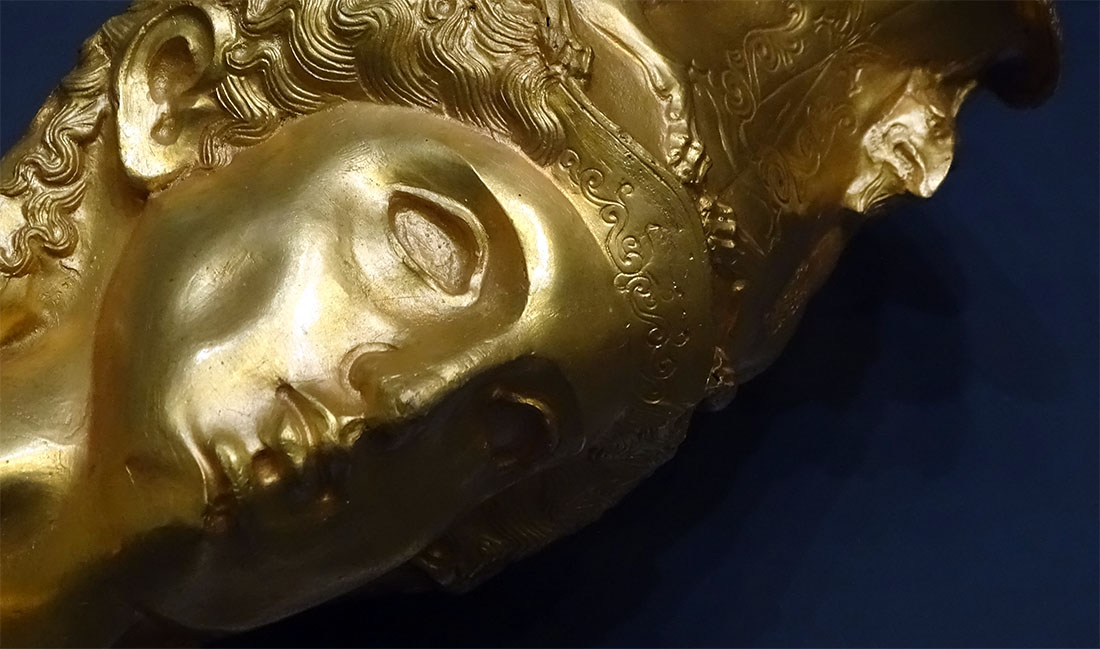
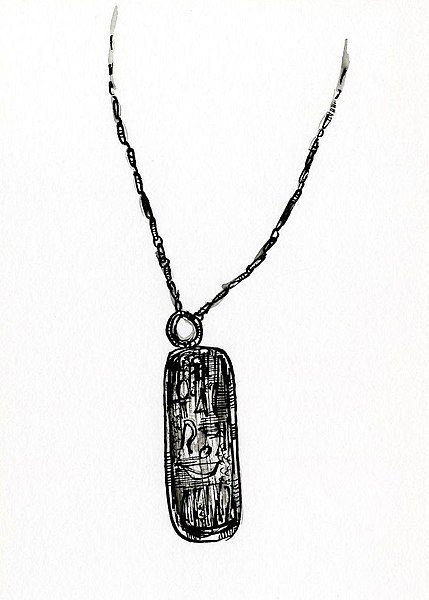
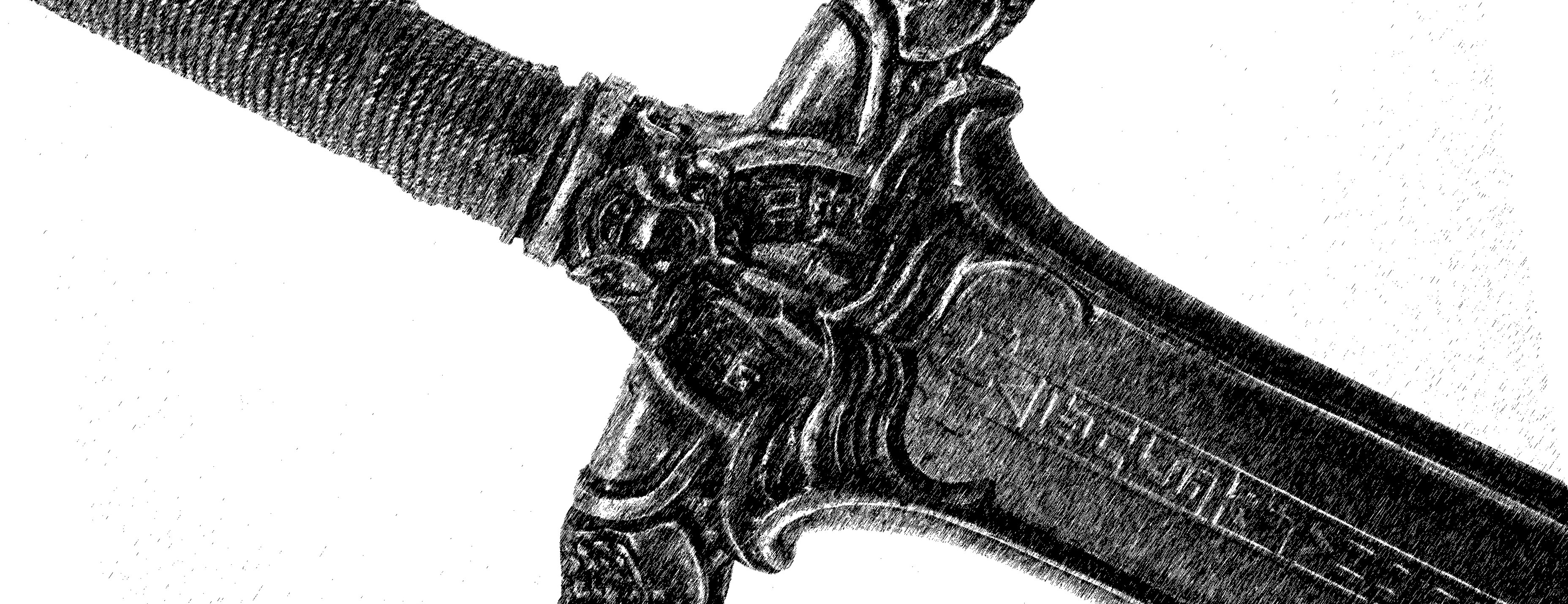
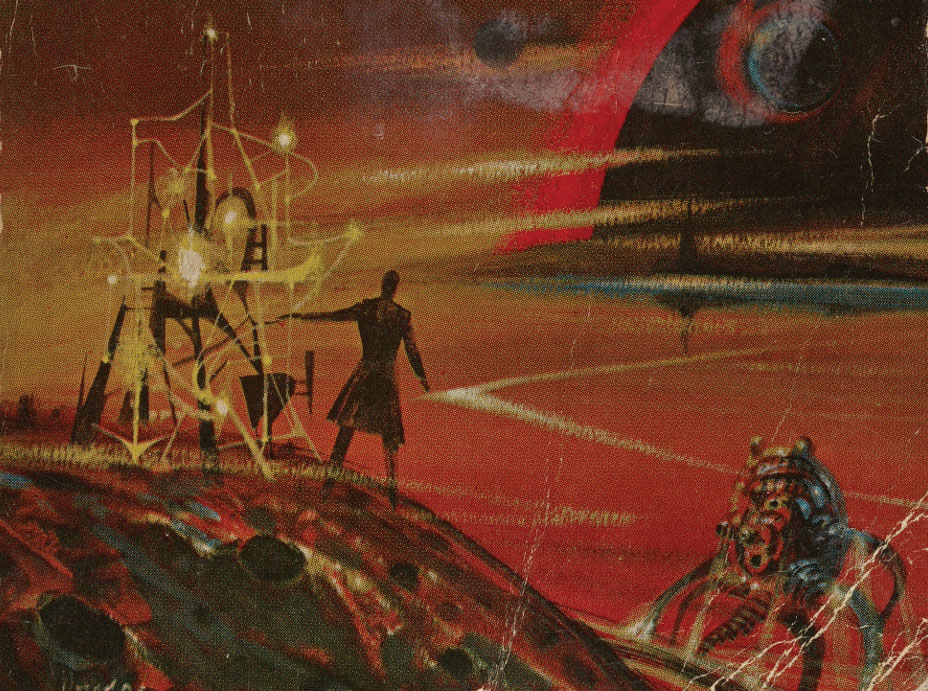
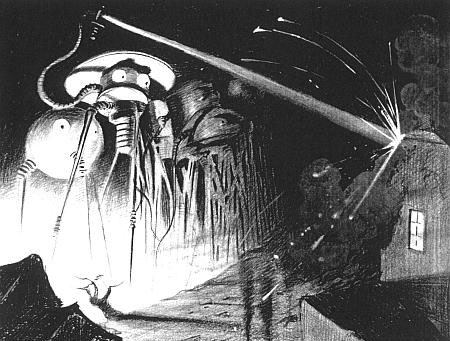
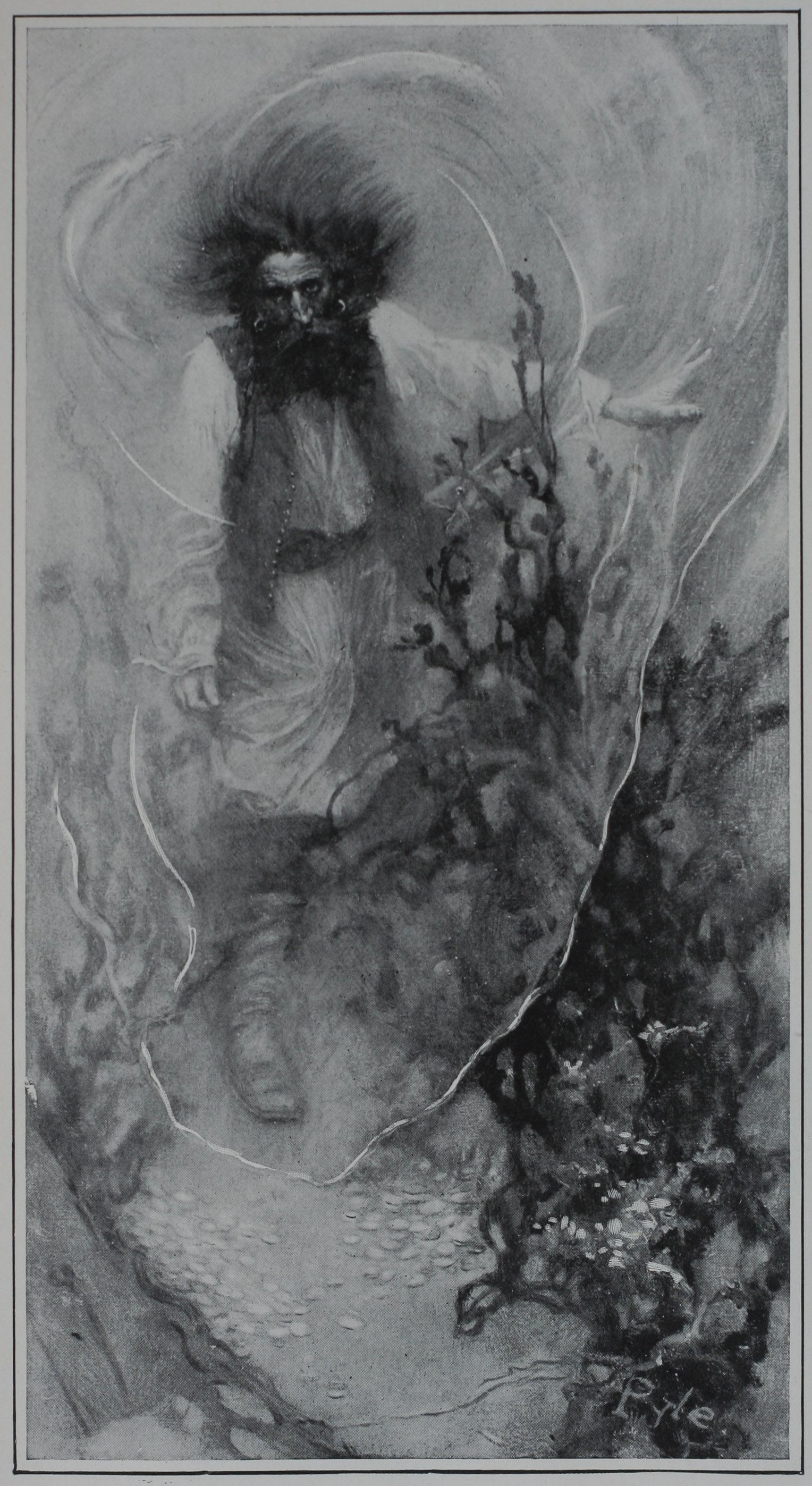 Ghosts of the Library: These are the spirits of the noblemen who were slain by the Weasel when he sought to betray Blackmoor to the Egg of Coot. Only glimpses are seen, for it is said they are still bound to the Library in some strange way. They cry out for release.
Ghosts of the Library: These are the spirits of the noblemen who were slain by the Weasel when he sought to betray Blackmoor to the Egg of Coot. Only glimpses are seen, for it is said they are still bound to the Library in some strange way. They cry out for release.